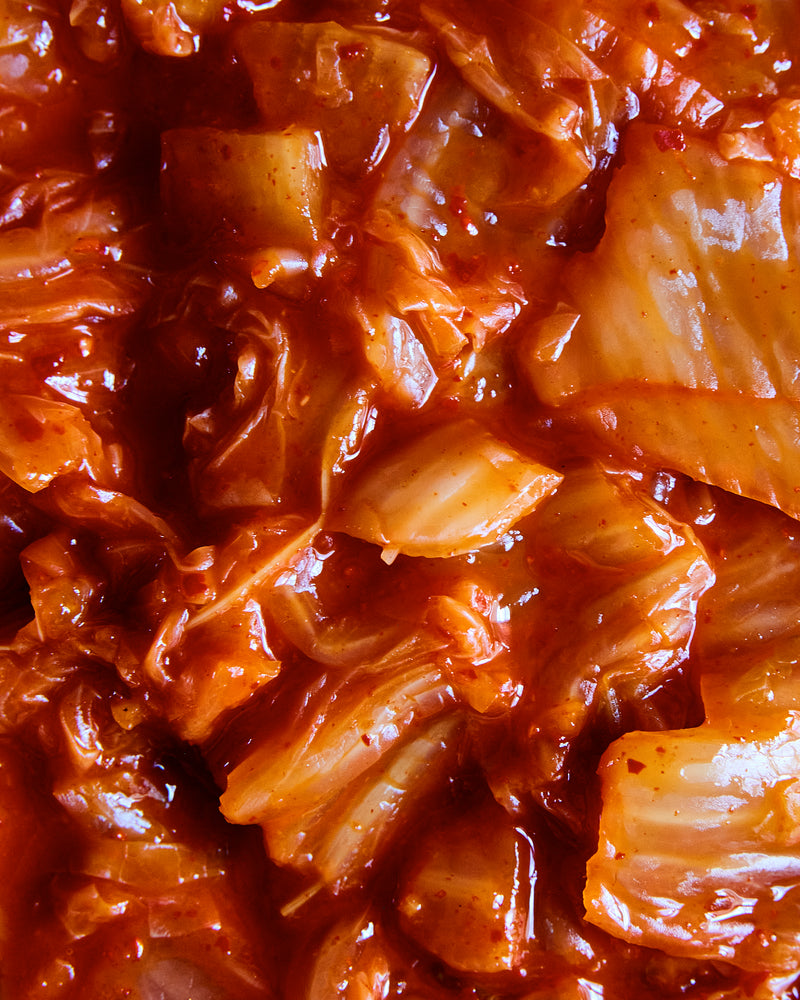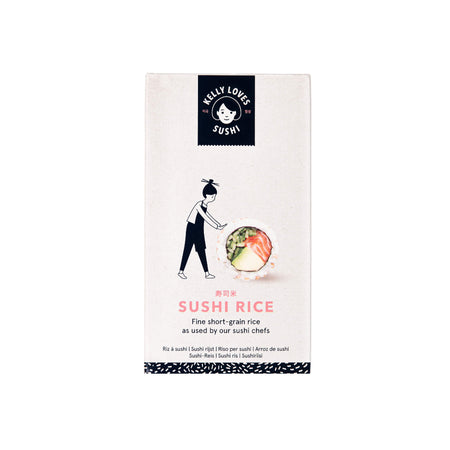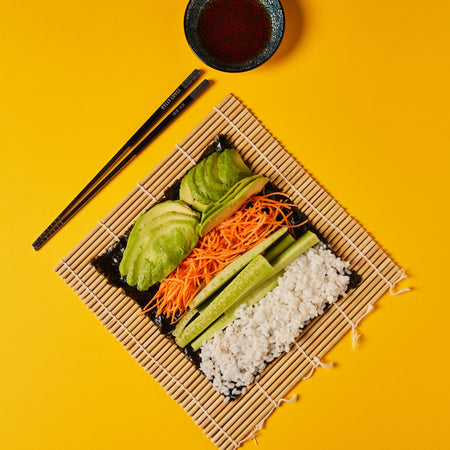How long does kimchi last and how to tell when it's gone bad

Kimchi is alive! Hurrah! That’s why we love it. Some kimchi is preserved using lactic-acid bacteria fermentation and so it contains live bacteria, which gives it its delicious fizzy taste, means it’s safe to eat and is really good for our gut health.
So it’s easy to get complacent about storing it as you just think it’ll continue to ferment, right? Plus, who can leave kimchi alone for long? It's so moreish the expiration date might not even cross your mind as you eat it all ASAP.
But actually, kimchi can go bad, especially if it’s not stored properly, so it’s worth understanding how. Here’s all you need to know about how long kimchi lasts and how to tell when it’s gone bad.
Does kimchi go bad?
Kimchi does go bad, but as it’s made using vegetables that are left to ferment, it doesn’t go bad quickly. And leaving your kimchi to ferment some more just adds to the rich sour and spicy taste – and the health benefits.
However, if your kimchi is shop-bought and past its use-by date or it simply hasn’t been stored correctly, it can go rancid. Signs that kimchi has gone bad might not be as obvious as when fresh vegetables go bad, but rancid kimchi will smell rotten and taste very sour (too sour to be pleasant!)
Kimchi is fermented until they reach a microbiologically safe acid level which is resistant to spoilage. The timeframe for the best taste (often after the kimchi sachet has been opened) will be printed on the packaging of shop-bought kimchi.
Kimchi can become rotten and mouldy, in which case you should throw it away immediately. But when it comes down to how long you leave it to ferment, it can be a matter of taste. Generally speaking, kimchi lasts a long time before going bad and if you’re like us, you’ll have eaten it within a short timeframe (who can resist an open packet or jar in the fridge?!)
How long does kimchi last?
Kimchi can last a long time if it hasn’t been opened. Kimchi was first created as a means of keeping food edible throughout the freezing Korean winters, sometime during the 7th century. It was put into large mason jars and kept underground for years without it going off. The fermentation process continues as long as it’s not disturbed.
Modern kimchi will keep for a year or so as long as the container hasn’t been damaged and there’s been no contamination. Our kimchi today doesn’t last as long as it did way back then as it’s not made and stored in the traditional way. As soon as you open that airtight container, the quality of the kimchi will lower.
Once the container has been opened, put it in the fridge to extend the shelf life and eat it all within three months. After three months, the kimchi will taste sour; some people prefer that sour taste and so will eat it for up to six months once opened and refrigerated (as long as it hasn’t gone bad).
If you don’t refrigerate opened kimchi, it will only last about three days.
How to tell if kimchi has gone bad
Even within the approximate time frames above, you have to be able to judge when kimchi has gone bad so that you don’t risk eating rotten kimchi. Run through this checklist if you’re unsure:
Appearance
Kimchi should be vibrant and colourful. If it looks dull or there is too much moisture in the container, it’s probably past its best. Also look for any dark spotting or any mould. Kimchi should not have any mould or growth of any kind. The vegetables soften in the fermentation process, but they should still remain crispy.
Smell
The fermentation process gives kimchi a very pungent but pleasant sour smell, which becomes stronger as time goes on. For kimchi lovers, opening a jar or sachet of kimchi and smelling this sour aroma is mouthwatering. But if the kimchi smells unpleasant, don’t risk eating it. It can contain things like fish sauce or oyster sauce or fish paste, so you need to err on the side of caution.
Taste
The key here is that kimchi is meant to pack a punch. It’s naturally fizzy and the garlic and chilli give it an extra hit. It should taste delicious. Sometimes, the kimchi might become too fermented for your taste buds (others prefer their kimchi to be as fermented as possible). But if you take a bite of kimchi and it doesn’t taste like it usually does, or it’s extremely sour, then it might have gone off.
How to store kimchi
When your kimchi is unopened, you can store it in a dark cupboard, away from heat and direct light and within the use by date printed on the container. Changing temperatures will shorten the shelf life, so keep it out of direct sunlight and away from radiators to help preserve it.
If you have an opened container of kimchi, then you must keep it in the fridge, ensuring that the container is airtight. The cold temperature in the fridge slows the fermentation process down so that your kimchi will last longer. You can also freeze kimchi and this will extend the shelf life for years and years! Perfect for an emergency stash if you need some for kimchi ramen.
Kimchi is a superfood — moreishly delicious with a multitude of health benefits. To make sure that you experience the optimum flavour and health benefits, your kimchi needs to be stored carefully following the tips above.









